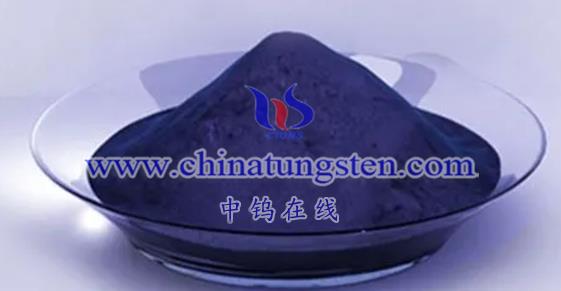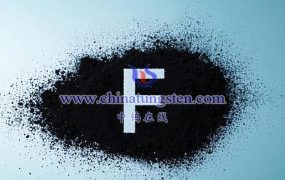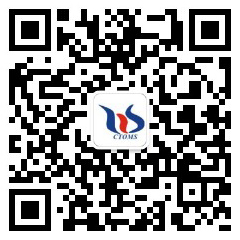
Tungsten oxide nanospheres, despite their many advantages due to their unique nanostructures, also exhibit certain limitations. Below is a detailed summary of their disadvantages:
- Relatively Poor Conductivity
- Description: Tungsten oxide (especially WO₃) is a semiconductor material with relatively low electrical conductivity. While nanostructuring can improve conductivity to some extent, it remains inferior compared to metals or other highly conductive materials.
- Impact: This limits the application of tungsten oxide nanospheres in fields requiring high conductivity, such as electrode materials for electronic devices.
- High Recombination Rate of Photogenerated Electrons and Holes
- Description: During photocatalytic processes, photogenerated electrons and holes in tungsten oxide nanospheres tend to recombine easily, reducing the efficiency of photocatalysis.
- Impact: This lowers their effectiveness in applications like photocatalysis and photoelectric conversion, necessitating strategies to suppress electron-hole recombination.
- Low Utilization of Solar Energy
- Description: Tungsten oxide has a relatively wide bandgap (around 3.2 eV), which means it primarily absorbs ultraviolet light and has limited absorption of visible light. This results in a low overall utilization of solar energy.
- Impact: This limitation affects its performance in solar energy conversion and storage applications, requiring modifications to enhance its visible light absorption.
- High Production Costs
- Description: The production of nanomaterials often involves specialized techniques and equipment, leading to higher manufacturing costs. Additionally, tungsten oxide, being derived from rare earth elements, may have a higher raw material cost.
- Impact: High production costs can restrict the competitiveness and scalability of tungsten oxide nanospheres for industrial applications.
- Stability Concerns
- Description: While the nanostructure enhances the chemical and physical stability of tungsten oxide, extreme conditions (e.g., high temperatures, strong acids, or alkalis) can still compromise its stability. Long-term stability of nanomaterials also remains a challenge.
- Impact: Stability issues may affect their performance and reliability in long-term or extreme environmental applications.
- Biocompatibility and Toxicity Issues
- Description: Although tungsten oxide nanospheres show promise in certain biomedical applications due to good biocompatibility and bioactivity, potential toxicity remains a concern. The biological effects and toxicity mechanisms of tungsten oxide nanospheres are not fully understood, especially when they enter living organisms.
- Impact: These concerns could limit their use in biomedicine and related fields until further research clarifies their safety profile.
Summary
Tungsten oxide nanospheres exhibit drawbacks in areas such as electrical conductivity, photogenerated electron-hole recombination, solar energy utilization, production costs, stability, and biocompatibility/toxicity. These limitations need to be carefully addressed through scientific research and technological innovations to optimize their performance and broaden their application potential.
More details of tungsten oxide product, please visit website: tungsten-oxide.com
Please contact CHINATUNGSTEN for inquiry and order of tungsten oxide:
Email: sales@chinatungsten.com
Tel.: 86 592 5129595






